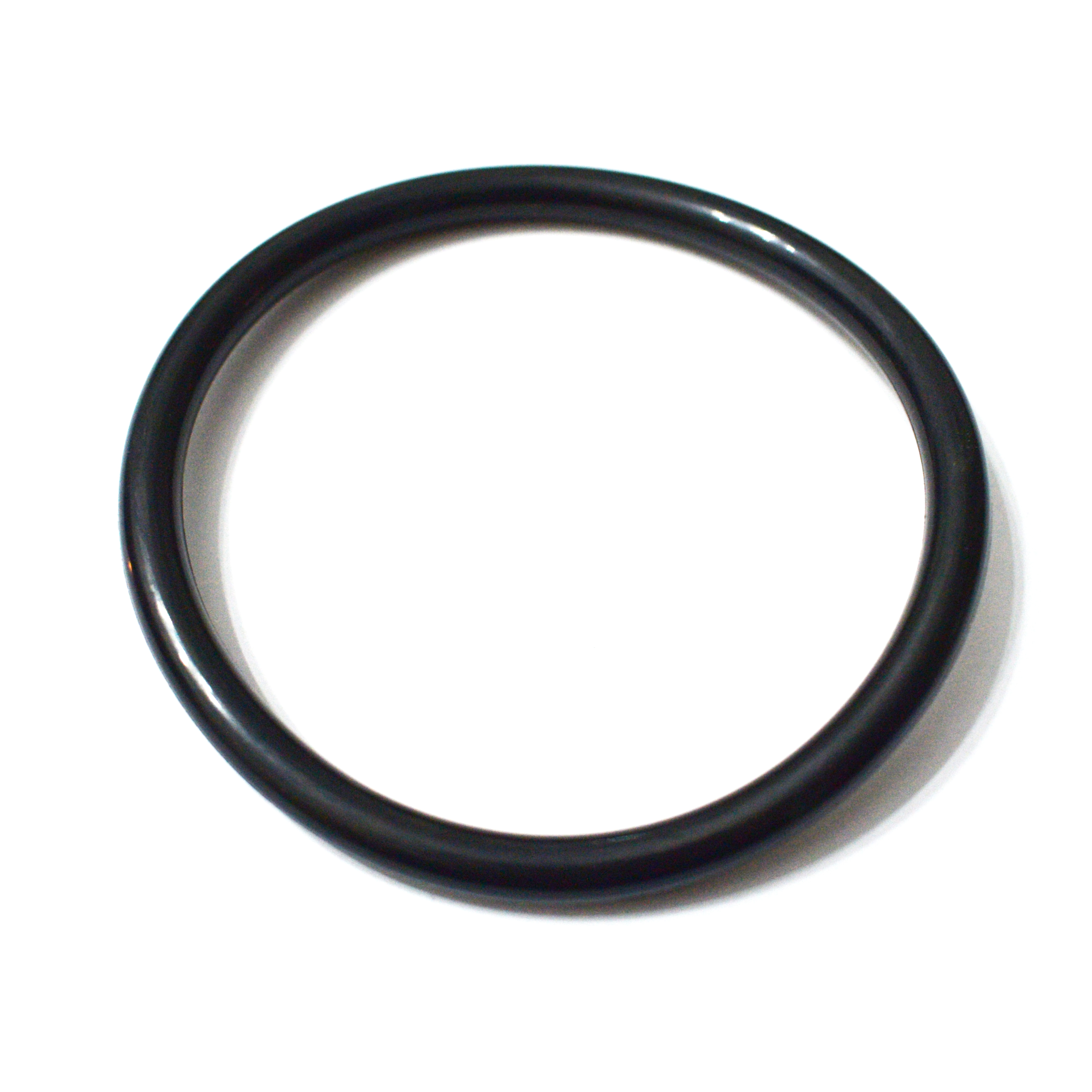Views: 0 Author: Site Editor Publish Time: 2024-01-25 Origin: Site
Introduction:
In the world of engineering and manufacturing, the right seal can make all the difference. When it comes to high-performance sealing solutions, hydrogenated nitrile butadiene rubber (HNBR) O-rings stand out as a top choice for their exceptional durability and resilience. This blog post delves into the unique properties of HNBR O-rings, their advantages over traditional materials, and their applications across various industries.
The Essence of HNBR O-Rings:
HNBR O-rings are engineered by hydrogenating nitrile butadiene, a process that infuses hydrogen into the polymer's double bonds until saturation. This transformation significantly enhances the material's durability, abrasion resistance, and resistance to ozone, heat, mechanical stress, and a wide range of chemicals. As a result, HNBR O-rings offer a broad temperature range of -23°F to 300°F, making them versatile for various applications.
When selecting HNBR O-rings, the acrylonitrile content (ACN) is a key factor. With ACN levels ranging from 17% to 49%, the material's performance varies. Higher ACN content improves resistance to polar lubricants and fuels, while lower ACN content is more suitable for low-temperature applications. Understanding these nuances is crucial for choosing the right HNBR O-ring for your specific needs.
Advantages Over Standard NBR O-Rings:
HNBR O-rings surpass standard nitrile rubber (NBR) O-rings in several aspects. The hydrogenation process not only increases the rubber's toughness but also its temperature resilience, even in harsh environments. This makes HNBR O-rings more resistant to wear, tear, and compression, and they also offer excellent weathering resistance, which is essential for outdoor applications.
Applications Across Industries:
HNBR O-rings are a popular choice in the automotive, HVAC, and oil and gas sectors. They are particularly effective in cooling systems that use R134a refrigerant, where they outperform traditional neoprene O-rings. The compatibility of the lubricant with R134a is crucial, and HNBR O-rings work seamlessly with mineral oil, a common lubricant in these systems.
Industry-Specific Uses:
HNBR O-rings are suitable for a wide array of substances, including petroleum, fuel oils, aliphatic hydrocarbons, alcohols, diester base lubricants, silicone oils, greases, H2S, R134a refrigerants, animal and vegetable fats, ethylene glycol, salt solutions, alkalis, diluted acids, steam, and hot water up to 300°F. However, they should be used with caution around strong acids, ethers, esters, ketones, aldehydes, chlorinated hydrocarbons, UV light, ozone, brake fluids (especially glycol-based), polar solvents, aromatic or chlorinated hydrocarbons, and aromatic fuels.
Conclusion:
HNBR O-rings are a testament to the power of material innovation in engineering. Their superior properties make them a go-to choice for engineers seeking reliable and durable sealing solutions. By understanding the material's nuances and selecting the appropriate O-ring for your application, you can ensure the longevity and efficiency of your systems. Whether you're in the automotive, HVAC, or oil and gas industry, HNBR O-rings are a smart investment for any project that demands high-performance seals.
Home / Your Industry / Tools & Resources / Products / News & Events / About / Contact US